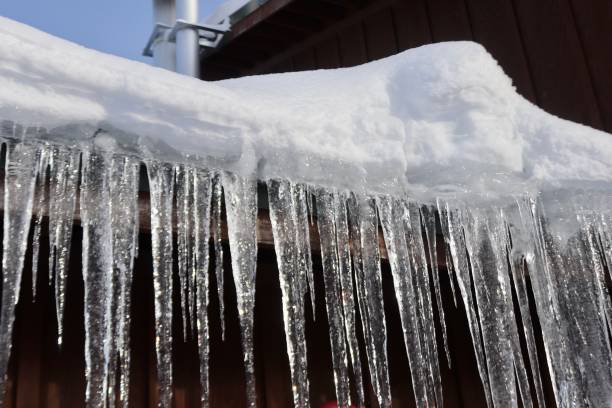Advice for Preventing Frozen Pipes in Cold Weather: Specialist Insights
Advice for Preventing Frozen Pipes in Cold Weather: Specialist Insights
Blog Article
Are you looking for details around How to Prevent Your Pipes From Freezing?

Cold weather can damage your plumbing, especially by freezing pipelines. Right here's just how to prevent it from occurring and what to do if it does.
Intro
As temperatures decline, the threat of icy pipes boosts, possibly resulting in expensive repairs and water damages. Understanding exactly how to stop frozen pipes is vital for property owners in cool climates.
Avoidance Tips
Insulating prone pipes
Cover pipes in insulation sleeves or make use of warm tape to protect them from freezing temperature levels. Concentrate on pipelines in unheated or outside areas of the home.
Heating techniques
Maintain interior spaces properly warmed, particularly locations with plumbing. Open up cabinet doors to permit warm air to distribute around pipelines under sinks.
Just how to identify frozen pipelines
Search for reduced water flow from taps, unusual odors or sounds from pipelines, and visible frost on subjected pipelines.
Long-Term Solutions
Architectural adjustments
Think about rerouting pipelines far from outside wall surfaces or unheated areas. Add extra insulation to attics, basements, and crawl spaces.
Upgrading insulation
Purchase high-grade insulation for pipelines, attic rooms, and walls. Proper insulation aids maintain consistent temperature levels and minimizes the threat of icy pipelines.
Securing Outside Pipes
Garden tubes and outside faucets
Detach and drain pipes yard hose pipes before winter. Mount frost-proof faucets or cover outside taps with protected caps.
Comprehending Icy Pipes
What causes pipelines to freeze?
Pipelines freeze when subjected to temperatures listed below 32 ° F (0 ° C) for extended durations. As water inside the pipelines freezes, it increases, putting pressure on the pipeline wall surfaces and potentially triggering them to break.
Risks and problems
Icy pipes can cause supply of water disturbances, home damage, and costly fixings. Burst pipes can flood homes and trigger substantial architectural damages.
Indicators of Frozen Pipes
Identifying frozen pipes early can prevent them from bursting.
What to Do If Your Pipelines Freeze
Immediate activities to take
If you believe icy pipelines, maintain taps open up to eliminate stress as the ice melts. Make use of a hairdryer or towels taken in warm water to thaw pipes gradually.
Verdict
Protecting against icy pipes calls for aggressive steps and quick feedbacks. By comprehending the causes, indicators, and preventive measures, homeowners can secure their plumbing throughout winter.
5 Ways to Prevent Frozen Pipes
Drain Outdoor Faucets and Disconnect Hoses
First, close the shut-off valve that controls the flow of water in the pipe to your outdoor faucet. Then, head outside to disconnect and drain your hose and open the outdoor faucet to allow the water to completely drain out of the line. Turn off the faucet when done. Finally, head back to the shut-off valve and drain the remaining water inside the pipe into a bucket or container. Additionally, if you have a home irrigation system, you should consider hiring an expert to clear the system of water each year.
Insulate Pipes
One of the best and most cost-effective methods for preventing frozen water pipes is to wrap your pipes with insulation. This is especially important for areas in your home that aren’t exposed to heat, such as an attic. We suggest using foam sleeves, which can typically be found at your local hardware store.
Keep Heat Running at 65
Your pipes are located inside your walls, and the temperature there is much colder than the rest of the house. To prevent your pipes from freezing, The Insurance Information Institute suggests that you keep your home heated to at least 65 degrees, even when traveling. You may want to invest in smart devices that can keep an eye on the temperature in your home while you’re away.
Leave Water Dripping
Moving water — even a small trickle — can prevent ice from forming inside your pipes. When freezing temps are imminent, start a drip of water from all faucets that serve exposed pipes. Leaving a few faucets running will also help relieve pressure inside the pipes and help prevent a rupture if the water inside freezes.
Open Cupboard Doors
Warm your kitchen and bathroom pipes by opening cupboards and vanities. You should also leave your interior doors ajar to help warm air circulate evenly throughout your home.

As a reader on Winter Plumbing Precautions: Preventing Frozen Pipes, I imagined sharing that portion was sensible. Do you know another person who is fascinated with the topic? Feel free to share it. Thanks for your time spent reading it.
About Report this page